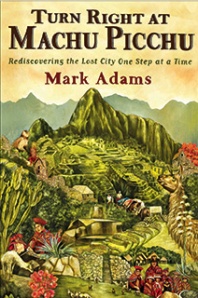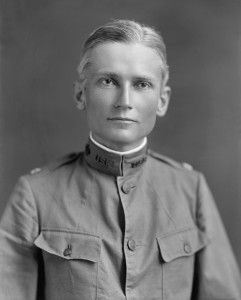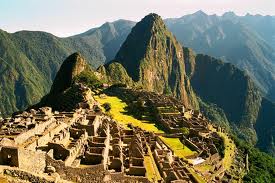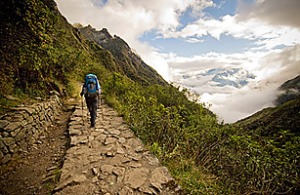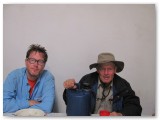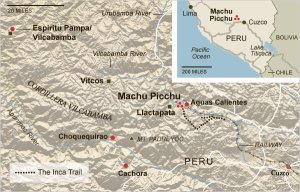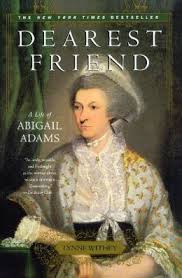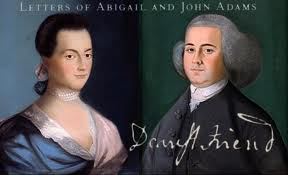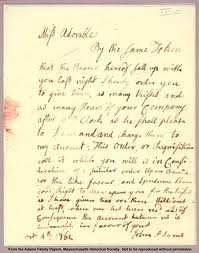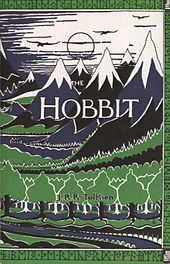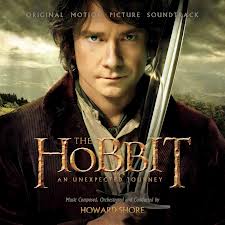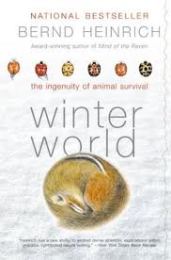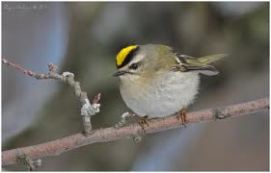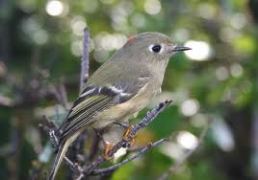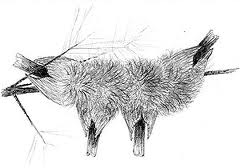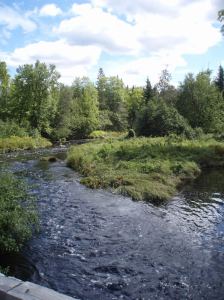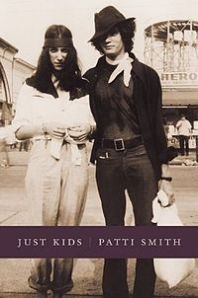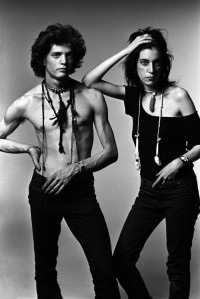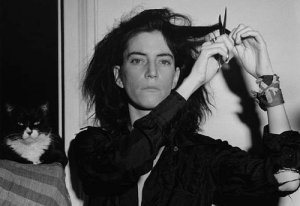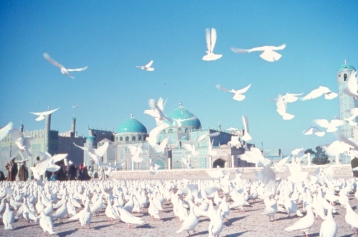This book cover is incredibly beautiful and designed by Nancy Resnick
Published by Penguin in 2011.
Book Review from 5 Minutes for Books.com:
One hundred years ago on July 24, 1911, explorer and Yale lecturer Hiram Bingham excitedly cabled the US from Peru about his discovery of an ancient site, potentially the “lost city of the Incas.” That site was Machu Picchu, or “the old peak” in the local language of Quechua, a city of architectural grandeur and ancient temples. Now in 2011, his claim is disputed, and he is accused of stealing historical artifacts and trumpeting up a “discovery” of something that was never actually lost. But there’s no question that he turned the world’s attention to South America and Inca history, and that he may have done even more—inspired the Indiana Jones stories.
Mark Adams, working a desk job editing adventure travel stories, decided to find out the truth for himself, at least as much as possible. He set out to the Andes to retrace the famous explorer’s steps and in the process to study Bingham’s life and writings as well as Inca history. The result is Turn Right at Machu Picchu, a fascinating read which combines a history of Inca-Spainard clashes in Peru, Bingham’s adventures in exploring, and a travelogue of Adams’ own adventures in Peru, with an Australian guide right out of Crocodile Dundee and Indiana Jones. http://books.5minutesformom.com/17279/turn-right-at-machu-picchu/
(Hiram Bingham in 1916)
Some articles on NPR regarding the book including a interview with the author: http://www.npr.org/books/titles/137871117/turn-right-at-machu-picchu-rediscovering-the-lost-city-one-step-at-a-time
NY Times Review: http://www.nytimes.com/2011/06/26/travel/in-peru-machu-picchu-and-its-sibling-incan-ruins-along-the-way.html?pagewanted=all
Excellent slide show of the Inca Trail from the NY Times: http://www.nytimes.com/slideshow/2011/06/26/travel/06262011MACHU-6.html
Mark Adams’ Book Site with some photos and more: http://markadamsbooks.com/index.htm
A video by a Photographer with John Leivers on the Inca Trail: http://www.nytimes.com/2011/06/26/travel/in-peru-machu-picchu-and-its-sibling-incan-ruins-along-the-way.html?pagewanted=all
Discussion Questions for now:
1. Have you traveled to Peru? Machu Picchu?
2. Discuss the guide, John Leivers, and his role and how he impacts the author’s trip.
3. Discuss the similarities and differences between Bingham I, II and III.
4. On page 52, John says to Mark regarding hiking and that it will get easier as his body adapts, “ There’s a general law in life. The body and mind only get stronger when they’re traumatized.” Do you agree with this law of John’s? Have you experienced this yourself or not?
5. Discuss the author’s transition from desk editor to adventurer/explorer and how it changes his life.
6. Why does the Inca culture and civilization hold so much fascination for us today?
7. Why was the longer traditional second trip to Machu Picchu more meaningful that the author’s first trip there?
8. Discuss the role and interrelatedness of the different Inca sites and paths.
9. Discuss the Spanish encounters with the Inca civilization and how its effect are evident today.
10. Does this book inspire you to visit Peru? Machu Picchu? If so, why and if not, why?

